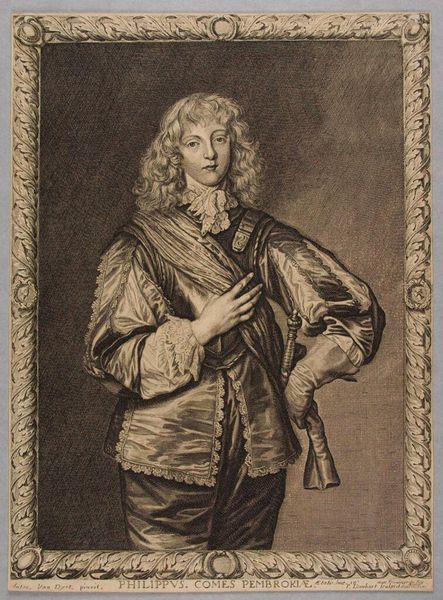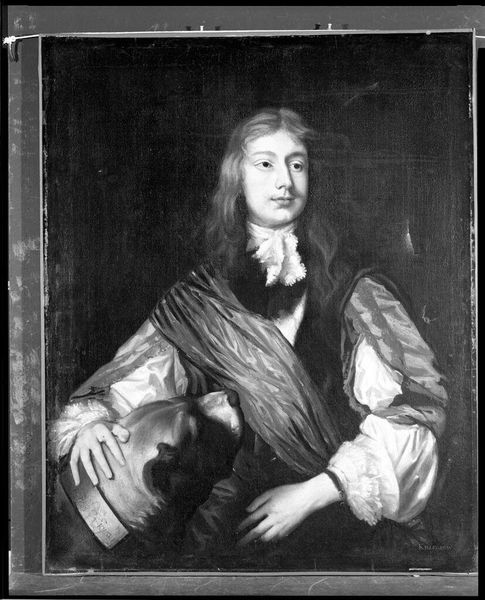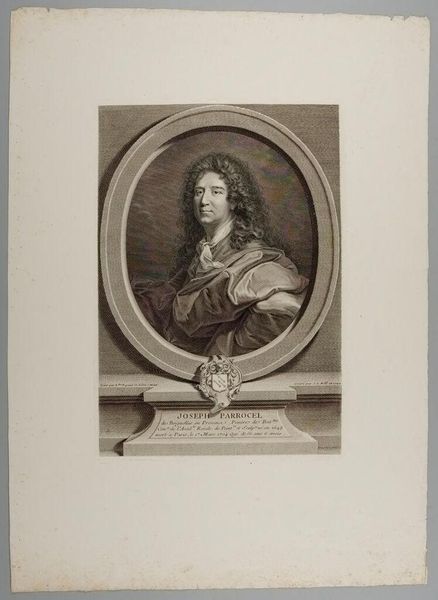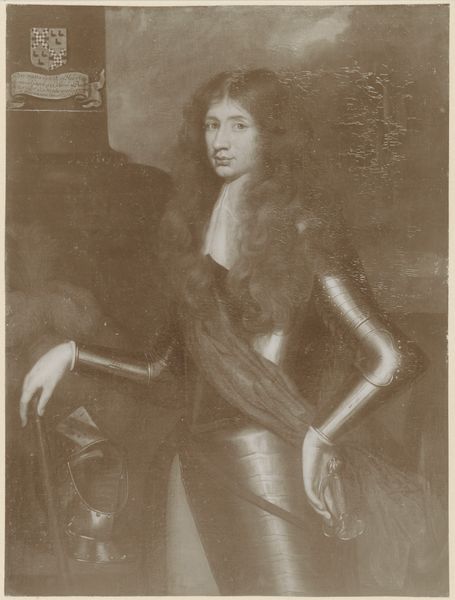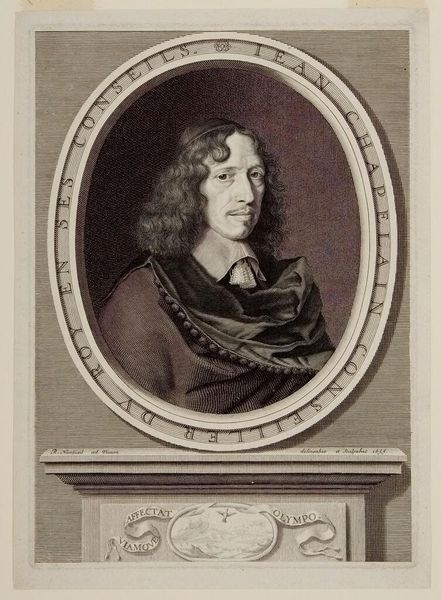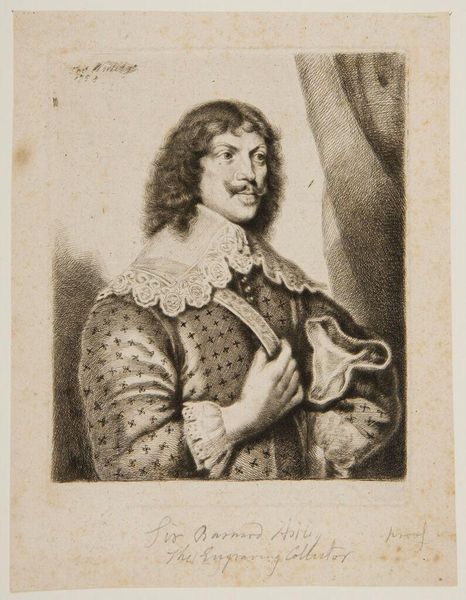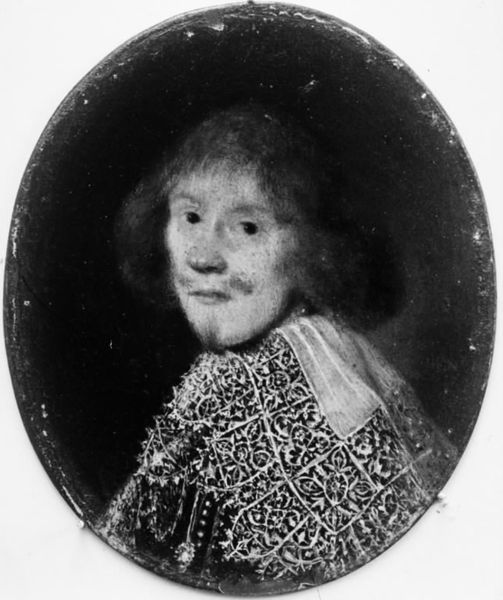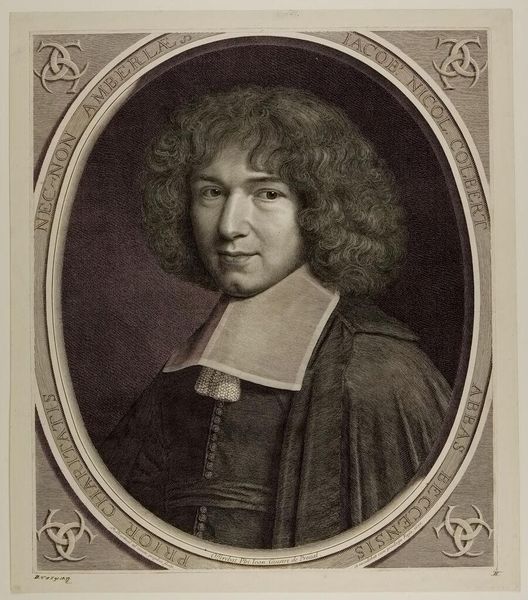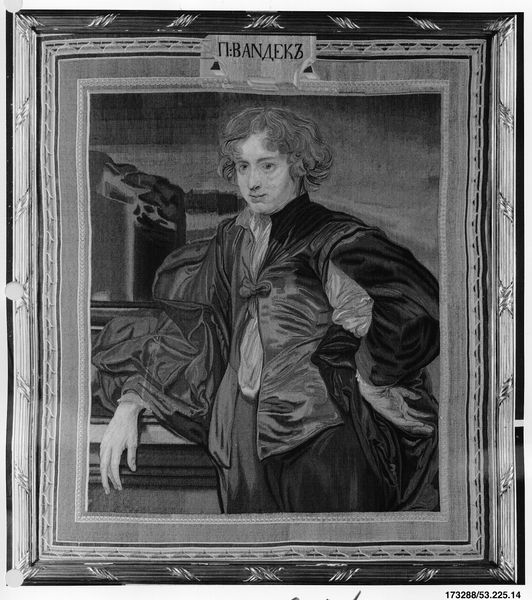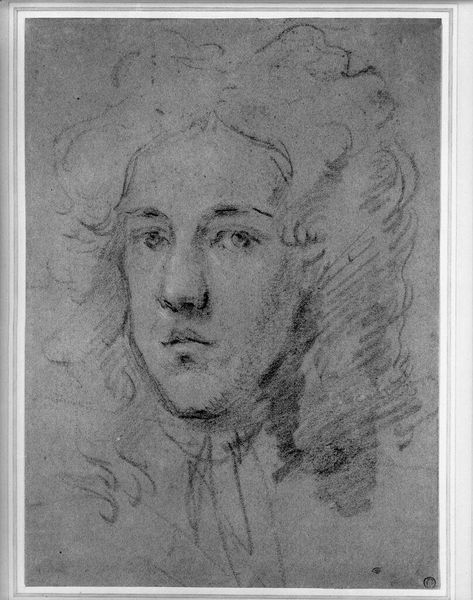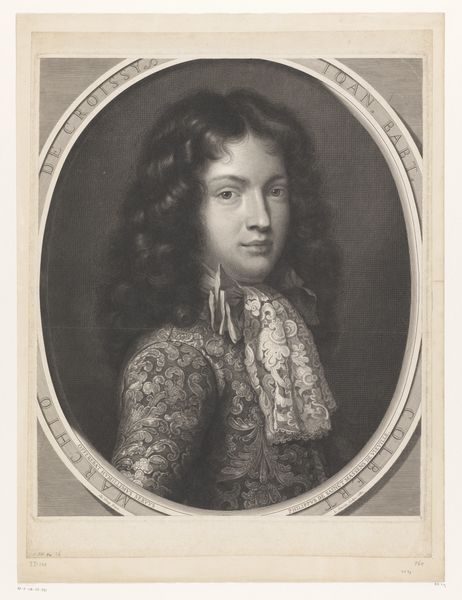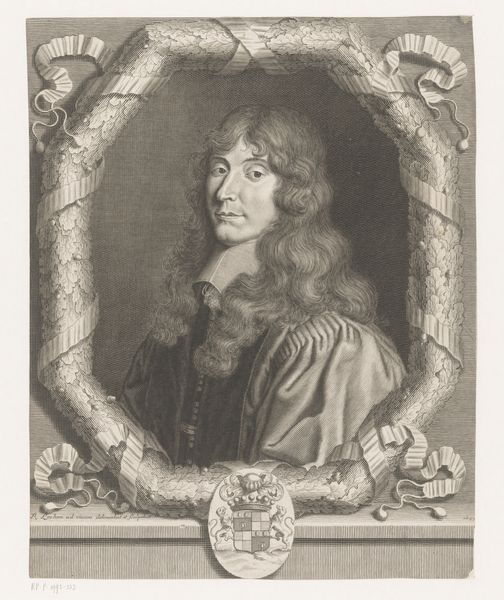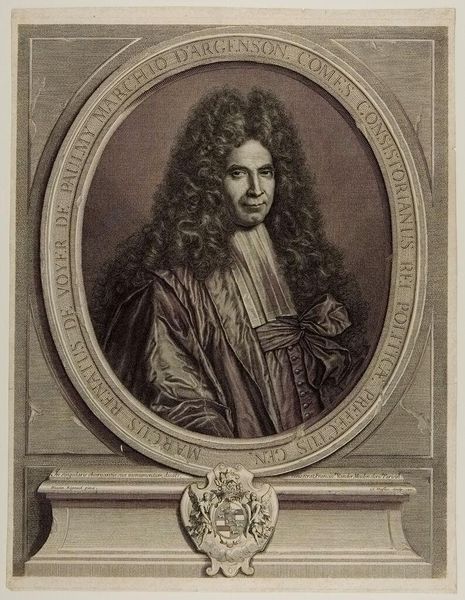
Algernon Percy (1602–1668), Tenth Earl of Northumberland, after Van Dyck 1827
0:00
0:00
oil-paint
#
portrait
#
oil-paint
#
romanticism
#
men
Dimensions: 7 x 5 3/8 in. (178 x 136 mm)
Copyright: Public Domain
Editor: Here we have Henry Bone’s "Algernon Percy, Tenth Earl of Northumberland, after Van Dyck," created in 1827. It seems to emulate a historical portrait. It's commanding but feels distant. How do you interpret this work in its historical context? Curator: This portrait offers a window into the construction of power and identity in 17th-century England, reflected through a 19th century lens. Bone, copying Van Dyck, resurrects Percy at a particular moment. Consider the significance of him choosing to emulate Van Dyck's original: what does it mean to reproduce an image of aristocracy at a time when social structures were shifting? Do you feel that romanticising the sitter helps understand his actions? Editor: That’s interesting. I didn't immediately consider Bone's intention in choosing Van Dyck. I was primarily focused on the sternness of Percy himself. His stance almost seems confrontational, perhaps a defence against social change? Curator: Precisely. And think about how Northumberland, during his life, navigated a turbulent period including the English Civil War, often attempting to find a moderate path between the Royalists and Parliamentarians. What do you think Bone may be saying about aristocracy then and now? The performative display of status is palpable, yet is it ultimately being challenged in some way? Editor: That makes me rethink my initial impression. I focused on the individual, but I see now that it is about a social class as a whole trying to redefine their position in the Victorian Era. Curator: Exactly. Art enables us to ask essential questions. By analysing portrayals such as this one, we can begin to understand the historical undercurrents, and potential anxieties around, class, and political shifts. Editor: I appreciate that, examining historical portraiture can reveal social dynamics of the past as much as the era they are created in!
Comments
No comments
Be the first to comment and join the conversation on the ultimate creative platform.
